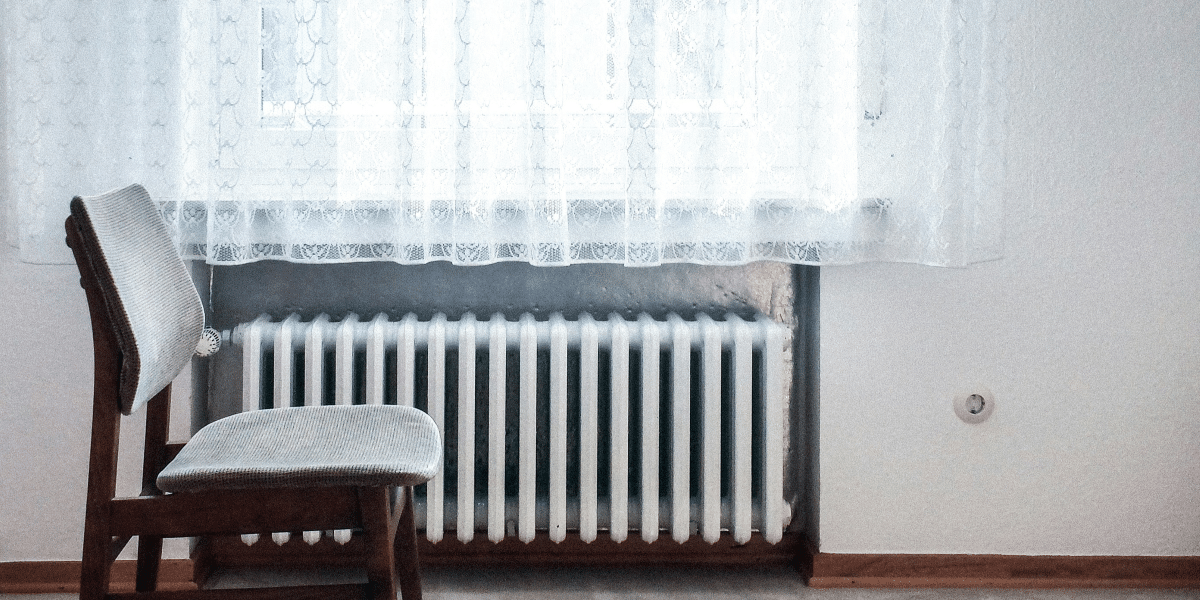Efficient radiators can contribute to a cozier home and lower energy bills. Are you taking the right steps to keep yours running smoothly? You might be surprised that simple tasks like bleeding your radiators or checking for obstructions can make a significant difference. Have you considered how your thermostat settings or exposed pipes might impact efficiency? There’s more to maintaining your radiators than meets the eye; understanding these nuances could save you money. Let’s explore these essential tips further to improve your home’s heating system.
Bleed Your Radiators
Bleeding your radiators is a straightforward yet essential step to enhance their efficiency. You might notice your radiators are colder at the top than the bottom, indicating trapped air inside.
When air gets trapped, it prevents hot water from circulating properly, reducing heat output. To bleed your radiators, start by turning off your heating system.
Locate the bleed valve, usually at the top corner, and use a radiator key or flathead screwdriver to open it slightly. You’ll hear a hissing sound as the air escapes.
Once the water starts dripping steadily, close the valve tightly. Make sure to have a cloth handy to catch any drips.
Regularly bleeding your radiators helps heat your space effectively and save energy.
Check for Blockages
Ever wonder why your radiators aren’t heating as efficiently as they should? Blockages could be the culprit.
Over time, dust, debris, or furniture placement might obstruct airflow around your radiators. Start by checking for any objects blocking the radiators. Check the curtains, sofas, or tables are not hindering the heat from circulating freely.
Next, inspect the radiator’s internal pipes. Sludge buildup can reduce efficiency. You might not see it, but you can feel cold patches on your radiator. If these exist, it’s time to flush the system. You can do this yourself or call a professional for help.
Finally, check the valves. Make sure they’re open and free of any obstructions.
Keeping your radiators unobstructed will maximize their efficiency.
Adjust Thermostat Settings
To help your home be as warm as it should be, you must adjust your thermostat settings wisely. Start by setting the thermostat to a comfortable temperature at home. Try setting the temperature around 68°F (20°C) during the day.
Lower the temperature by a few degrees at night or when you’re away to save energy. Consider investing in a programmable thermostat, which can automatically adjust settings based on your schedule.
Remember to keep your thermostat away from heat sources like direct sunlight or lamps, as they can cause inaccurate readings.
Avoid frequent temperature changes; instead, maintain a consistent setting. This reduces strain on your heating system and helps your radiators work efficiently, keeping your home warm without unnecessary energy waste.
Insulate Your Pipes
Exposed pipes in your home can act like icebergs, silently stealing heat and increasing energy costs. To combat this, insulate your pipes.
Pipe insulation can help keep heated water warm as it travels to your radiators. You can use foam pipe insulation, which is affordable and easy to install yourself. Measure the diameter of your pipes and buy the appropriate size. Cut the insulation to fit and secure it with duct tape or cable ties for extra hold.
Focus on pipes in unheated areas like basements and attics, where heat loss is most significant.
Schedule Regular Maintenance
Keeping your radiators in top condition boils down to scheduling regular maintenance. Doing so can help your heating system function more efficiently and may extend its lifespan.
Begin by marking the calendar for an annual check-up with a qualified technician. They’ll inspect your radiators for leaks, trapped air, and potential blockages that could impede performance. Regular servicing helps identify small issues before they become costly repairs.
Don’t forget to bleed your radiators, too. This process releases trapped air that prevents them from heating evenly. You can do this yourself with a radiator key.
Additionally, make sure to dust and clean your radiators periodically. Dust buildup can act as insulation, reducing heat output.
These simple steps will keep your home warm and your energy bills in check.
Frequently Asked Questions
How Do I Know If My Radiator Is Too Old and Needs Replacement?
You can tell your radiator’s too old if it struggles to heat rooms evenly, makes unusual noises, or leaks frequently.
Check for rust or corrosion.
If repairs don’t help, it might be time for a replacement.
Can Using Radiator Covers Affect the Efficiency of My Heating System?
Yes, using radiator covers can affect efficiency.
They trap heat, reducing warmth circulation. Choose covers with proper ventilation or consider removing them.
Check if they’re blocking airflow, and make sure your radiators can heat the space effectively.
What Are the Signs of a Failing Radiator Valve?
You’ll notice a failing radiator valve by unusual noises, inconsistent heating, or leaks around the valve.
If your radiator isn’t warming up properly or you spot rust, it’s time to inspect and possibly replace the valve.
How Can I Ensure Even Heat Distribution Across My Home?
To ensure even heat distribution, balance your radiators by adjusting the valves.
Regularly bleed the radiators to remove trapped air.
Keep furniture away from them to allow proper airflow, ensuring warmth spreads evenly throughout your home.
Are There Eco-Friendly Ways to Enhance Radiator Efficiency?
Absolutely, you can enhance radiator efficiency by using eco-friendly methods.
Install reflective panels behind radiators, bleed them regularly, and ensure furniture doesn’t block heat flow.
These actions reduce energy waste and improve your home’s heating efficiency.
Wrapping Things Up
By following these steps, you can help your home radiators run more efficiently. Bleed them regularly to release trapped air and check for blockages that might restrict airflow. Set your thermostat to a comfortable, energy-saving temperature, and insulate exposed pipes to minimize heat loss. It’s also helpful to schedule regular maintenance with a qualified technician to identify any potential issues early. These simple actions can support your radiators in heating your home more effectively.
Published by Mark V.

















